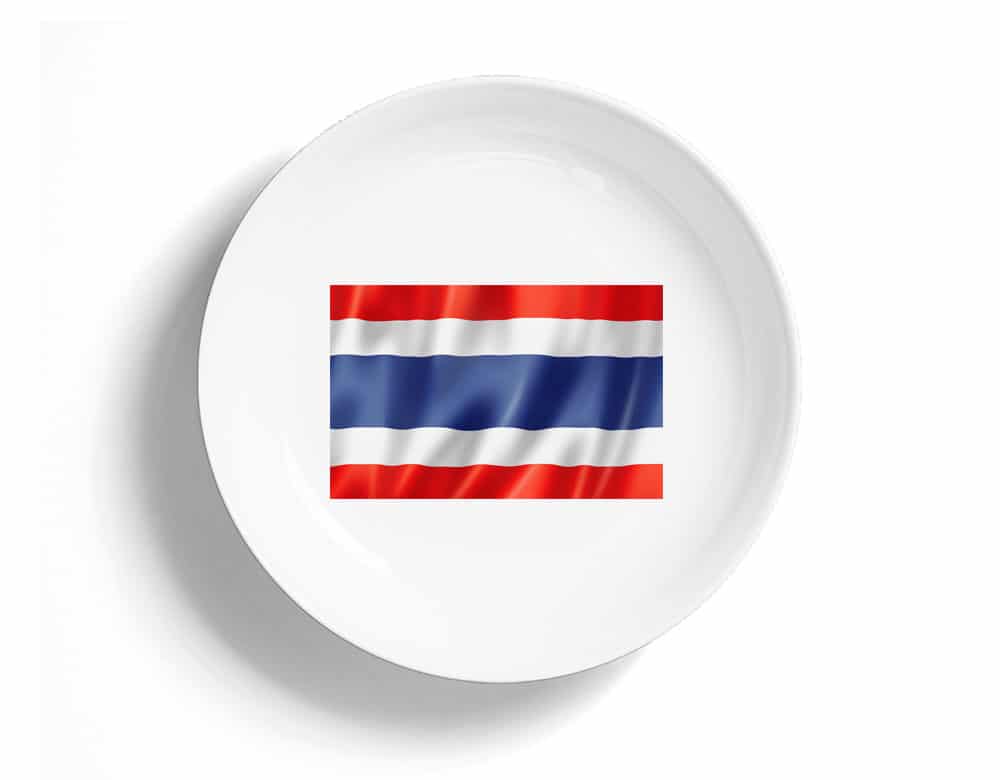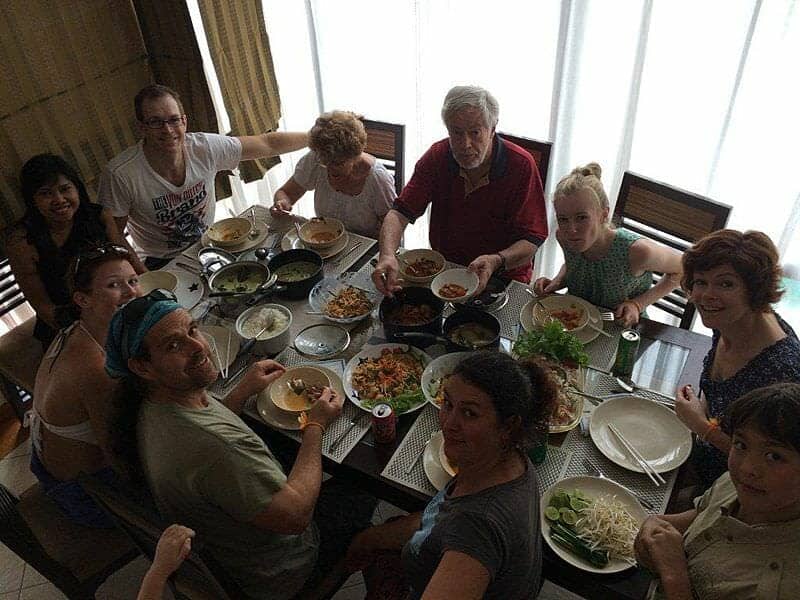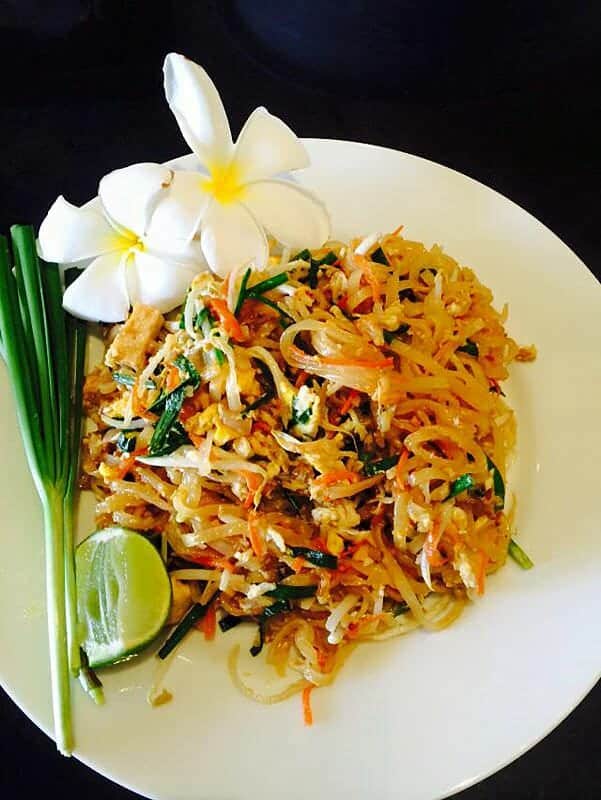Love Thai food, but are unfamiliar with the Thai language? Then you’ll need to learn some basic Thai food terms. But first, let’s cover a bit of background about Thailand.
Thailand is a country in Southeast Asia. It is bordered by Myanmar (Burma) along the north and west, Laos to the northeast, Cambodia to the east and Malaysia to the south.
Thai cuisine
Thai cuisine is known to be very flavorful with strong spices. Traditional Thai food has a distinct flavor that comes from several commonly used ingredients: nam pla (Thai fish sauce), coconut milk, red or green curry paste, vinegar, chilies, limes, garlic and fresh herbs. It is common that Thai dishes have a balance of salty, sweet, sour, bitter, and spicy flavors.
There are four main regions of Thai cuisine: Northern, Northeast, Eastern/Central and Southern. Each has a distinct style and flavor. Northern Thai food tends to have a milder overall taste with spicy, salty and slight bitter flavors and is accompanied with sticky rice. Northeast Thai food has much more distinct spicy and sour flavors. Much of the flavor comes from a fermented fish sauce called pla raa. Eastern and Central Thai food covers the cultural hub of Bangkok and is represented in most Thai restaurants around the world. Its complex, balanced flavors are found in the widely popular pad thai and tom yum soup. Southern Thai food has a strong Malaysian influence and potent spicy and sour flavors. Plenty of seafood is used in Southern Thai cuisine due to its relatively easy access to the ocean.
Thai food terms
Expand your international dining vocabulary with these basic food-related words translated from English to Thai.
meat – เนื้อ (neụ̄̂x)
poultry – สัตว์ปีก (S̄ạtw̒ pīk)
seafood – อาหารทะเล (xāh̄ār thale)
meatless/no meat – ไม่มีเนื้อ (mị̀mī neụ̄̂x)
drinks – เครื่องดื่ม (kherụ̄̀xng dụ̄̀m)
other eating/dining-related terms
Watch this video to hear how letters and words sound in Thai.
Thai food to try
Interested in learning about other cuisines around the world? Discover food terms from other countries here.
This content was originally published here.



